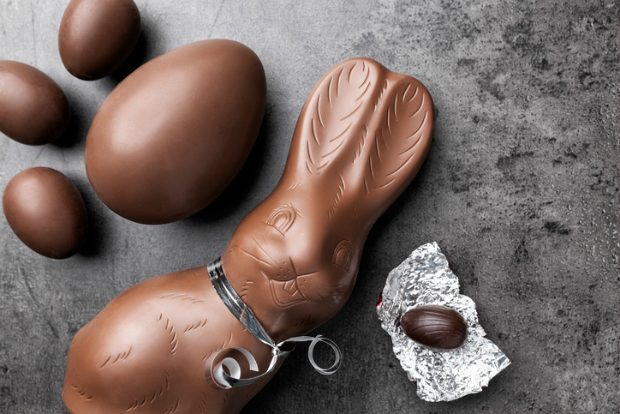These days Easter has a lot going for it. It’s not only steeped in deep faith and history. But thanks to the nomadic nature of humans and the onset of capitalism, the spreading and merging of tradition and story has given rise to some fun folklore and strange, albeit delicious traditions.
As I whip up a batch of warm cinnamon buns and continue to decorate my eggs, I find myself pondering some of the garbled mysteries of Easter traditions.
1. Why are Hot Cross Buns so cross?
These spicy buns are without a doubt the best thing to come out of this celebration and I bake them almost yearly. They’re wholesome and hearty and just plain good for the soul. But as much as their aroma, pagan symbolism and suitability for copious butter pleases me, their name makes me wonder.
Of course in Christian belief, a cross baked into a spiced bun held a spiritual reference, and, baked on Good Friday they paid homage to the crucifixion of Christ. To the Anglo Saxons of the middle ages, the cross was a symbol of the sun wheel, baked on rolls during the Spring Equinox, which was also known as Ostara, or to honour the Goddess Eostre.
Now, were I a spiced bun steeped in such beautiful beliefs, eaten in this century amid a plethora of plastic covered, mass manufactured, candy-coated, jelly eggs, I would be a hot, very cross bun too. Seems like a good thing laid to waste to me.
2. Who coloured the first Easter egg?
As with most Easterly celebrations, there’s a Christian and a pagan origin. In Russia, chicken eggs were stained red with onion skins as part of pagan celebrations, possibly also in reference to fertility. Later the Russian Orthodox churches incorporated the red egg into their celebrations of life, symbolising the lifeblood of Jesus.
However, there’s a rather unconventional chicken from Chile, called the Araucana that just so happens to lay blue and green eggs because of a compound called oocyanin in their genome.
Where the blue, egg-laying chicken descends from, has yet to be proven conclusively. But true to form the American hybrid of this chicken is aptly known as the Easter Egger.
So perhaps it was indeed the chicken that came before the egg, the colourful Easter egg that is.
3. Why is my chocolate bunny more like a hollow egg?
If it’s such a full and abundant tradition, have you ever wondered why all the bunnies are hollow? According to chocolate-making powers that be, the chocolate bunny couldn’t be made solid, because that dense chocolate bunny would be like biting into a brick, so making him hollow is really an act of care for our dentures. To that I say – I’m sure I could gnaw my way through a solid hunk of a bunny.
Historians posit that the moulded chocolate bunny, which was a popular Easter treat in Germany, began to be manufactured as a hollow bunny during the war to save on cocoa rations. The rationing makes more sense, but that the bunnies then remained hollow after the war smells more like maintaining profit margins.
Of course, they’ll have you believe those busy, folklore bunnies are hollow because they’ve already laid all their eggs. And since the tooth fairy already has her work cut out for her, I’ll let this one slide.
Perhaps Evan Esar had it right – at Easter, you really can put all your eggs in one basket.
Here’s wishing you a very happy Easter, with whichever customs, traditions and beliefs you chose to celebrate it. As far as I’m concerned, if you’re celebrating life, and there’s food involved, you’re doing it right.
Head to Food24’s Easter recipe section – that’s filled with all the delicious and fabulous food that celebrates this yearly tradition.

